You’ve heard about why the lights happen, what changes the colors, and when is the best time to see them.. But what else is there to know?
The aurora is one of nature’s most mysterious phenomena. We spend a lot of time talking about it, reading about it, and looking for it– so we put together these 10 facts about the Northern Lights that might be interesting to another aurora enthusiast.
How many of them did you already know? Let us know in the comments!
1. Galileo gave the aurora the name we use today
Sometime around 1619-1621 A.D., Galileo Galilei, and Pierre Gassendi witnessed an aurora. A time of great astronomical advancement, this event kickstarted the aurora madness that we all know so well today.
This is where the name “Aurora Borealis” was born. Coming from the name for the Roman goddess of the dawn (Aurora), and the Greek god of the northern wind (Boreal), the term we are so familiar with today was penned.
Though Galileo and Gassendi are credited with some of the earliest modern writing, there are multiple historic records of early cultures recording their glimpses of the lights.
And despite having named it, Galileo didn’t actually know what it was. In fact, he named it “aurora” because he thought it was the sunlight reflecting off of the atmosphere.
We didn’t know the true source of the aurora until the early 1900s when…
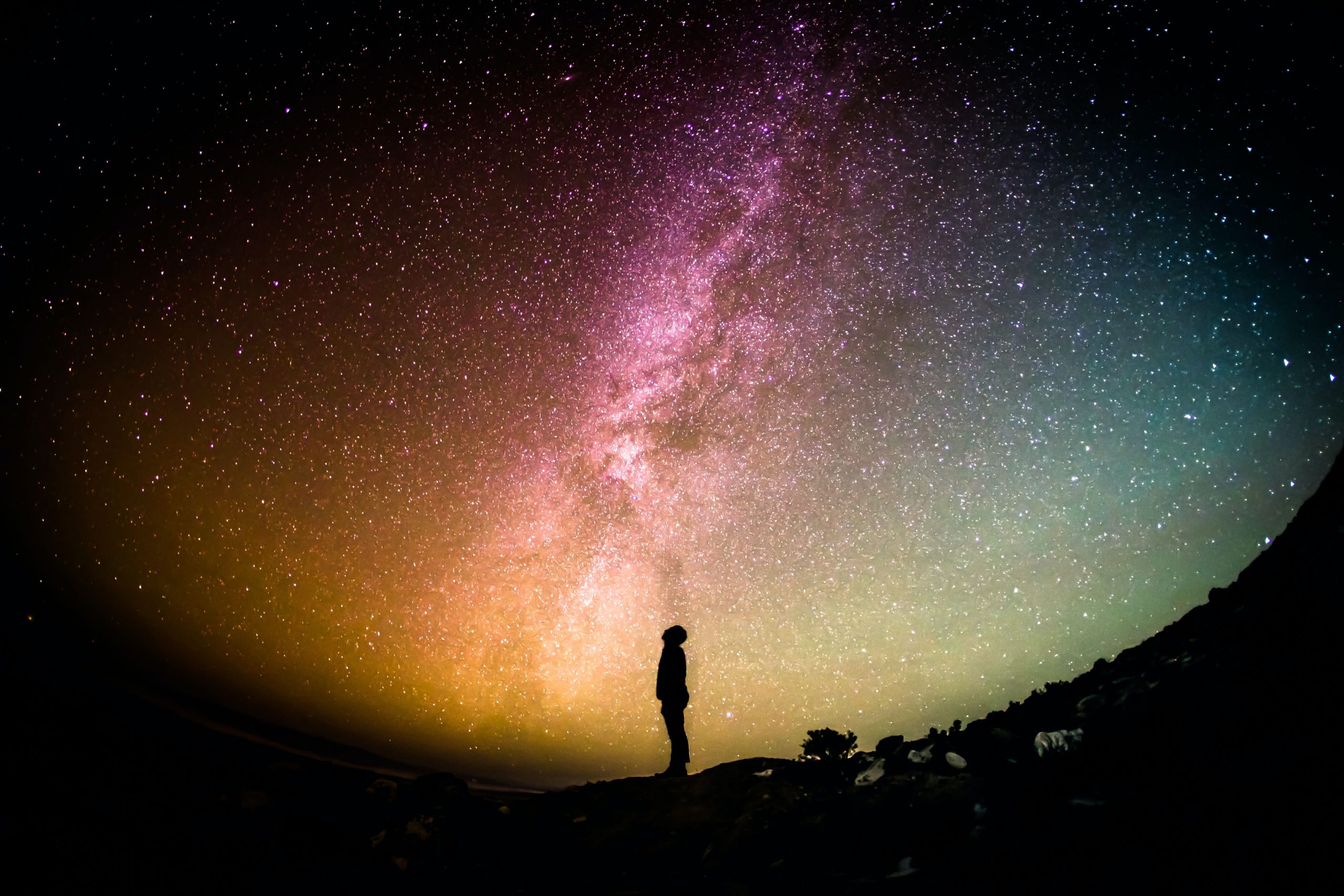
2. Kristian Birkeland developed the theory of atmospheric electric currents, therefore revealing the origin of the Northern Lights.
Often referred to as “The Father of the Aurora Borealis”, Norwegian scientist Kristian Birkeland is responsible for introducing us to the real source of the Northern Lights.
Between 1899 and 1900, he organized the Norwegian Polar Expedition to study the global patterns of electric currents. He did this by making magnetic field measurements from Earth, and the theory he was able to develop through this study is the basis of the theory we use today.
He released this information to the world in 1908 in his book, “The Norwegian Aurora Polaris Expedition 1902–1903”. Birkeland went on to be nominated for 7 Nobel Prizes, but in his lifetime his work was highly contested and considered a fringe theory at best.
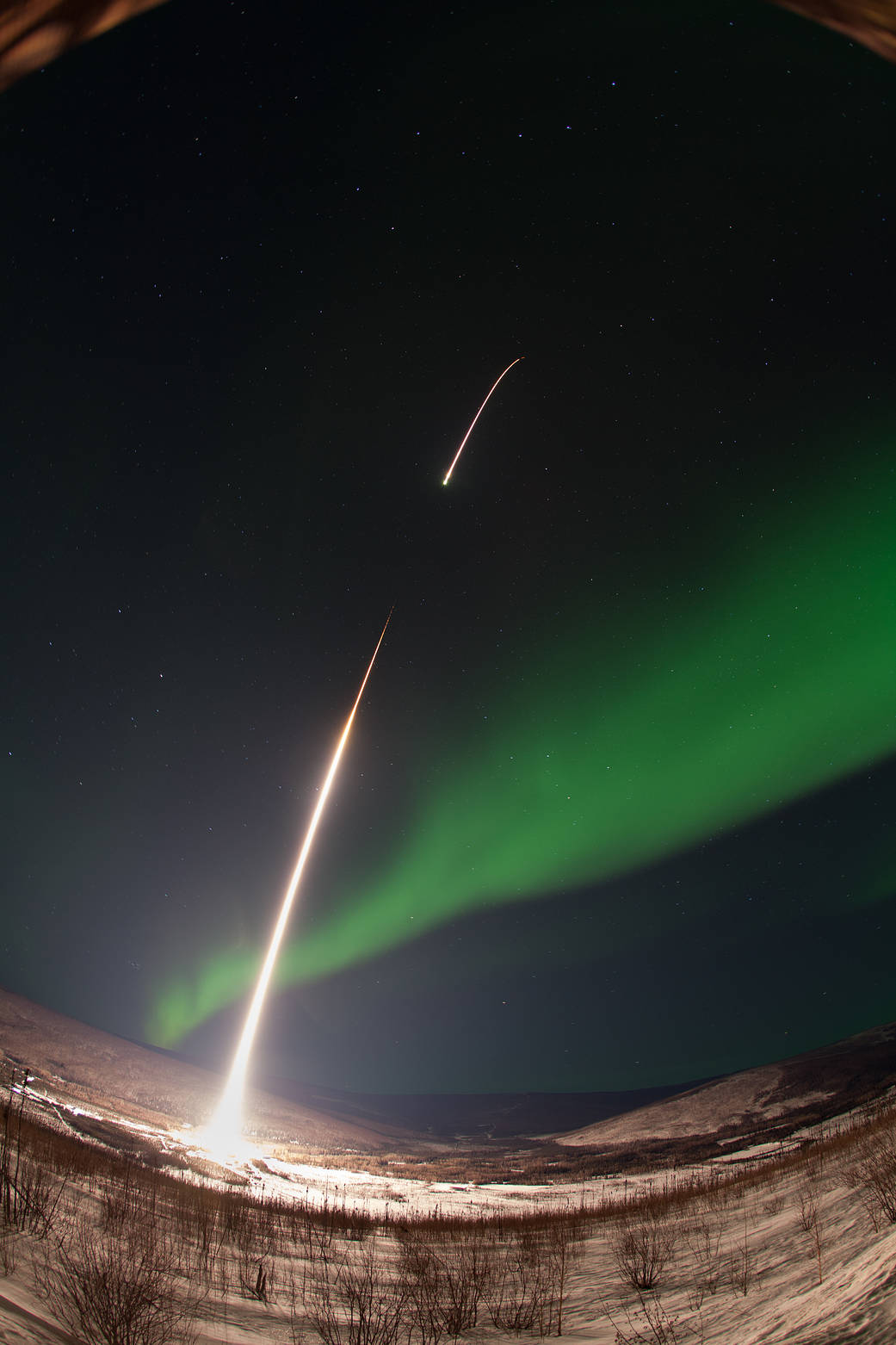
3. We didn’t believe Birkeland’s theory until 1967!
(Ok well maybe some people did.) Kristian Birkeland died in 1917 at the age of 49, and at the time of his death, many mainstream scientists did not believe his theory about the aurora. The difficulty here was that his experiments were costly, and it was believed that this theory could not be proven by ground measurements alone.
(It also didn’t help that it was the early 1900’s, and getting to space wasn’t an option yet.) Things changed in 1967 however, when the U.S. Navy sent satellite 1963-38C up into space. This probe carried a magnetometer above the ionosphere, proving the existence of magnetic disturbances, and therefore, Birkeland currents.
Like many scientific discoveries, the origin of the aurora was only made possible by the study of many, many curious people. Birkeland’s study was the next step here, but for him these hypotheses were made possible by the work of scientists like Anders Celsius and Olof Hjorter before him.
It makes you wonder what discoveries will be born of our curiosities now!
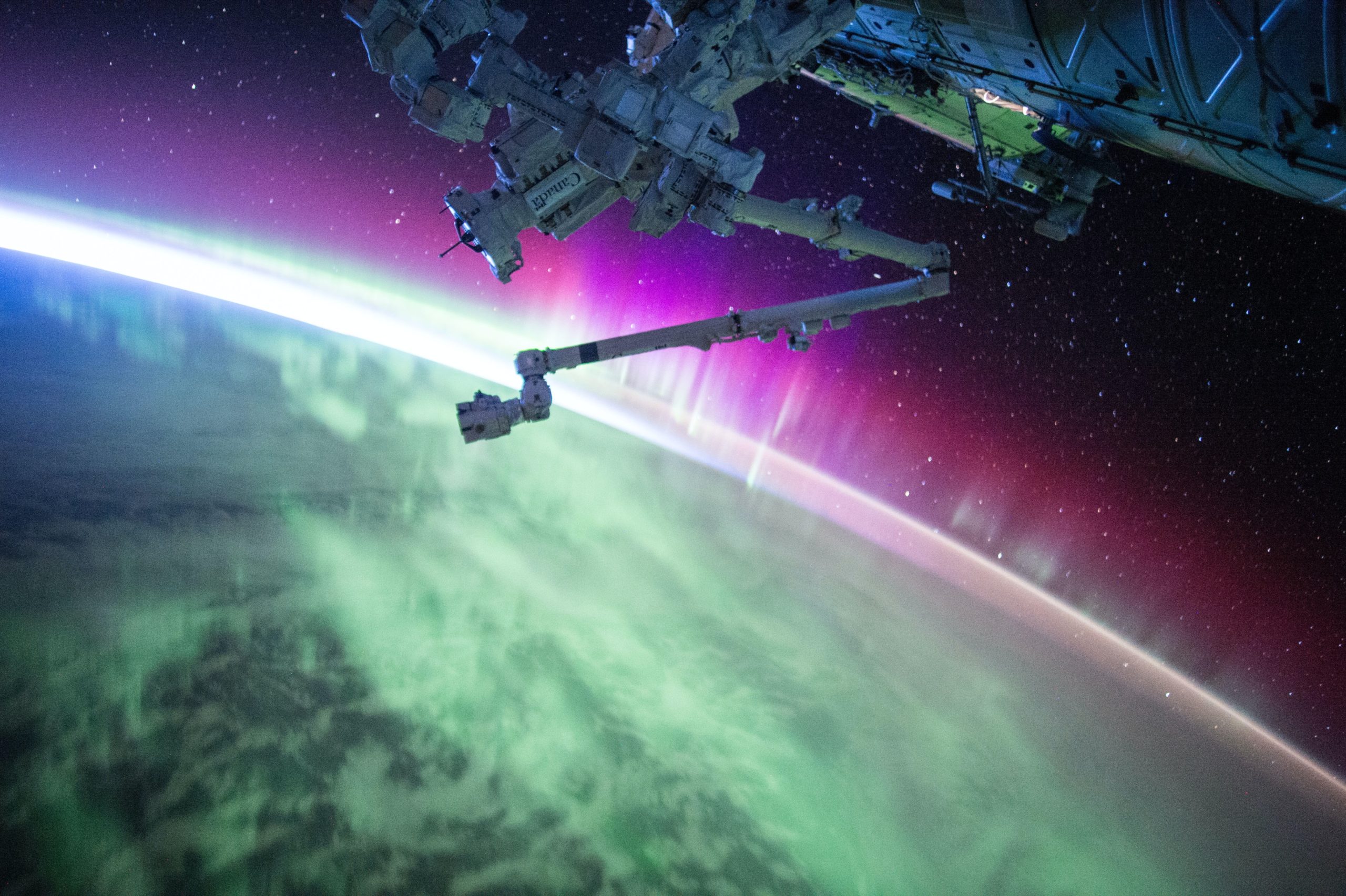
4. We continue to study the aurora.
Our quest for auroral knowledge did not end with that Navy probe, or with Kristian Birkeland. In fact, it proliferated. Citizen scientists have been hard at work monitoring space weather and collecting data on what they can see- and even NASA is hard at work filling in the blanks!
This is still very much a developing branch of science, and even as recently as June 2021 new data has been collected via NASA’s Magnetospheric Multiscale mission.
Satellites, sounding rockets, multiple study missions, and laboratory experiments here on Earth are just some of the ways that we are inching closer to a better picture of what creates our favorite light show, and how it can be affected by different factors that we have yet to fully understand.
Perhaps this study will far surpass our lifetimes, just like Birkeland. Imagine the strangeness of today’s facts becoming tomorrow’s misconceptions. The journey continues!
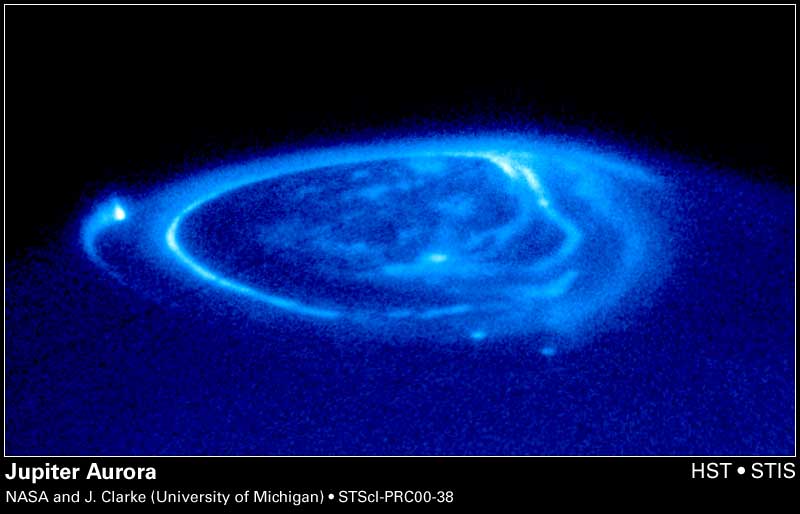
5. We’re not the only ones with auroras!
As you may know, there are two different areas on Earth where one can view auroras. There’s the Aurora Borealis in the north, and the Aurora Australis in the south. But now that we can see a bit further out of our own planetary neighborhood, we know that other planets host auroral light as well!
Because we know that the look of an aurora is caused by the atmospheric gases that it collides with, we can make a lot of inferences based on what we believe the atmospheric makeup of a certain planet to be. We now know that planets like Saturn, Uranus, and Neptune have auroras due to the interaction of solar wind with planetary magnetic fields.
We also know that nearby Mars and Venus have them as well, due to solar wind engaging with their atmospheres. Tools like the NASA/ESA Hubble Space Telescope and NASA’s Juno spacecraft have been able to not only confirm this, but also capture images of planets like Jupiter in full glow.
Just by seeing these things, we are able to learn more about how our sun functions, and how other planets are not just different from ours, but alike.
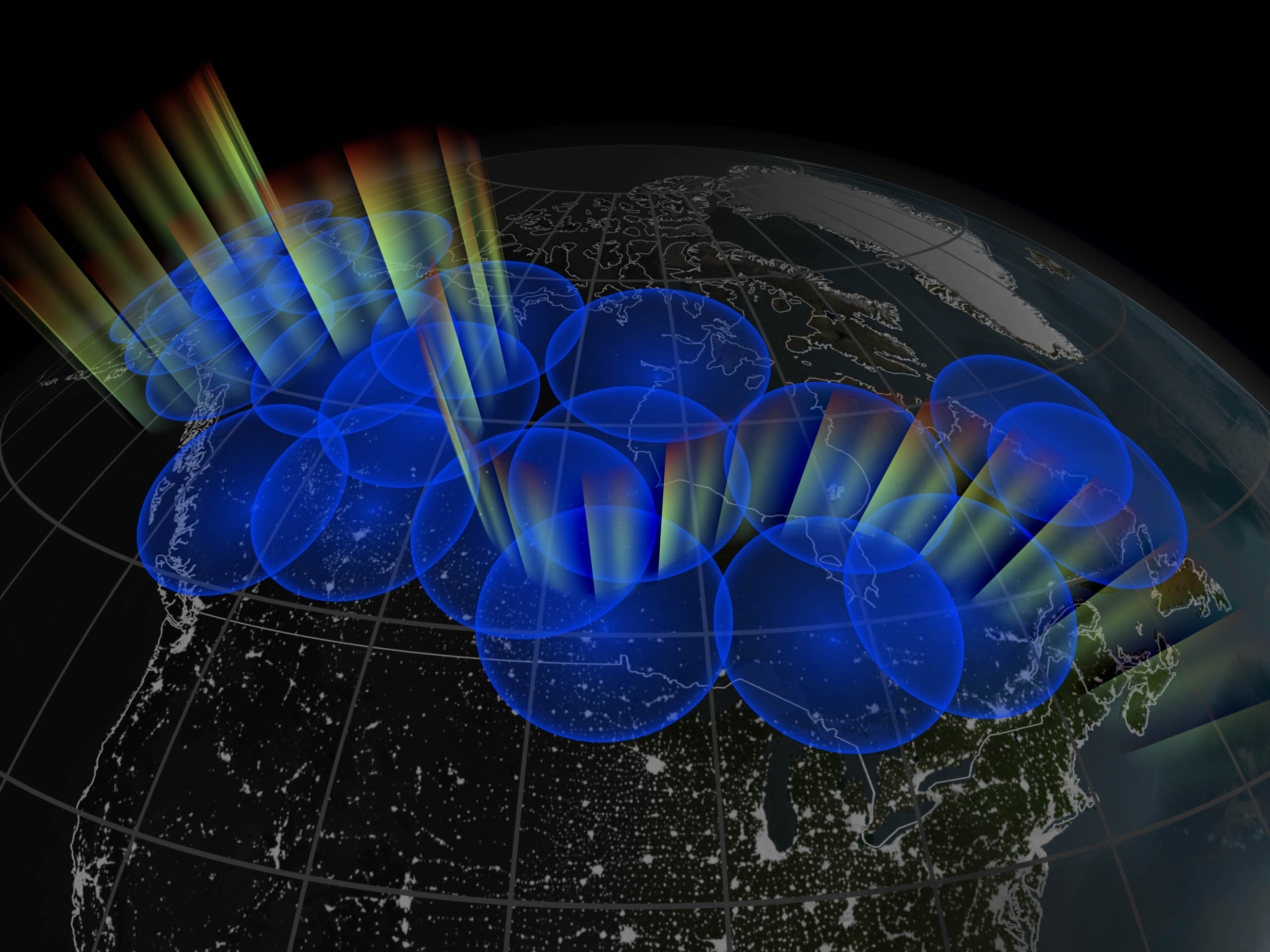
6. It isn’t just NASA making discoveries. Citizen science is at an all-time high!
Being on Earth in the 21st century is an exciting thing. There is more information available to us than ever before, and more accessible tools than we’ve ever been able to acquire. (It also helps that we are less likely to be burnt at the stake for pursuing a scientific theory. Maybe.)
And in that spirit of advancement, in 2016 in western Canada, citizen scientists made an incredible discovery. We know that discovery today as STEVE, or, Strong Thermal Emission Velocity Enhancement.
STEVE was originally named after a reference from the animated film “Over the Hedge”, in which the character’s named a hedge without knowing what it was. Early viewers of STEVE also weren’t sure what it was, so the name stuck.
STEVE is a pinkish “streak” that can appear in conjunction with auroral activity (often appearing as a spiky picket fence), and though we’ve actually been seeing it for centuries, it was never truly researched until this sighting.
STEVE is created by particle friction, which explains its incandescent color. It occurs closer to the equator than the lights typically do, and because of the collaboration of astronomical photographers and scientists, we were able to learn more a lot more about what actually causes it.
It just goes to show that there is always more to discover, and any one of us can lend a hand.
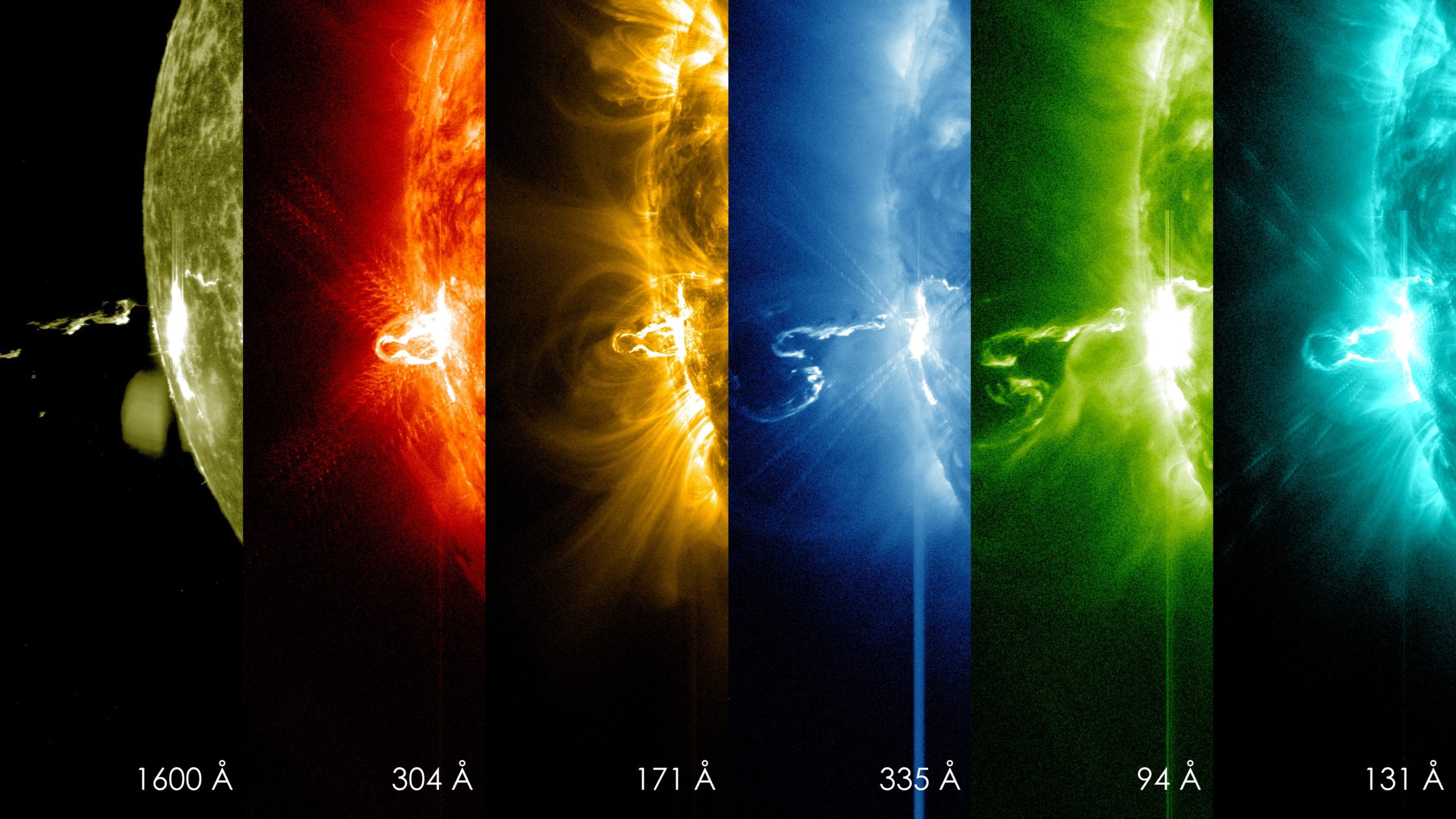
7. Auroras may not be dangerous, but space weather can be.
Though uncommon, space weather can disrupt us on Earth. The most dramatic record of this is the geomagnetic storm of August-September 1859, otherwise known as a Carrington Event.
Named for the British astronomer Richard Carrington, whose work helped to prove the existence of solar flares and their effect on Earth and the lights. When this geomagnetic storm happened, it damaged telegraph lines and injured the people working with them.
Technicians were shocked, telegraph papers were set ablaze, and lines were electrified. The Northern Lights were visible as far south as far as Hawaii and Cuba. On March 13th, 1989 a similar geomatic storm occurred, affecting the electrical grid again by creating a power blackout in Canada.
This event affected power grids in Canada, all the way down to New Jersey in the United States. Our electrical systems had updated a bit by then, so there were no telegraph papers to set on fire- just transformers to damage.
As you can see, these types of things are few and far between, but there are sources of information about how to prepare for similar events.
(Though, Carrington Events are not a common occurrence, and you are likely better served by preparing for the natural disasters that we see more frequently in our respective corners of the globe.)
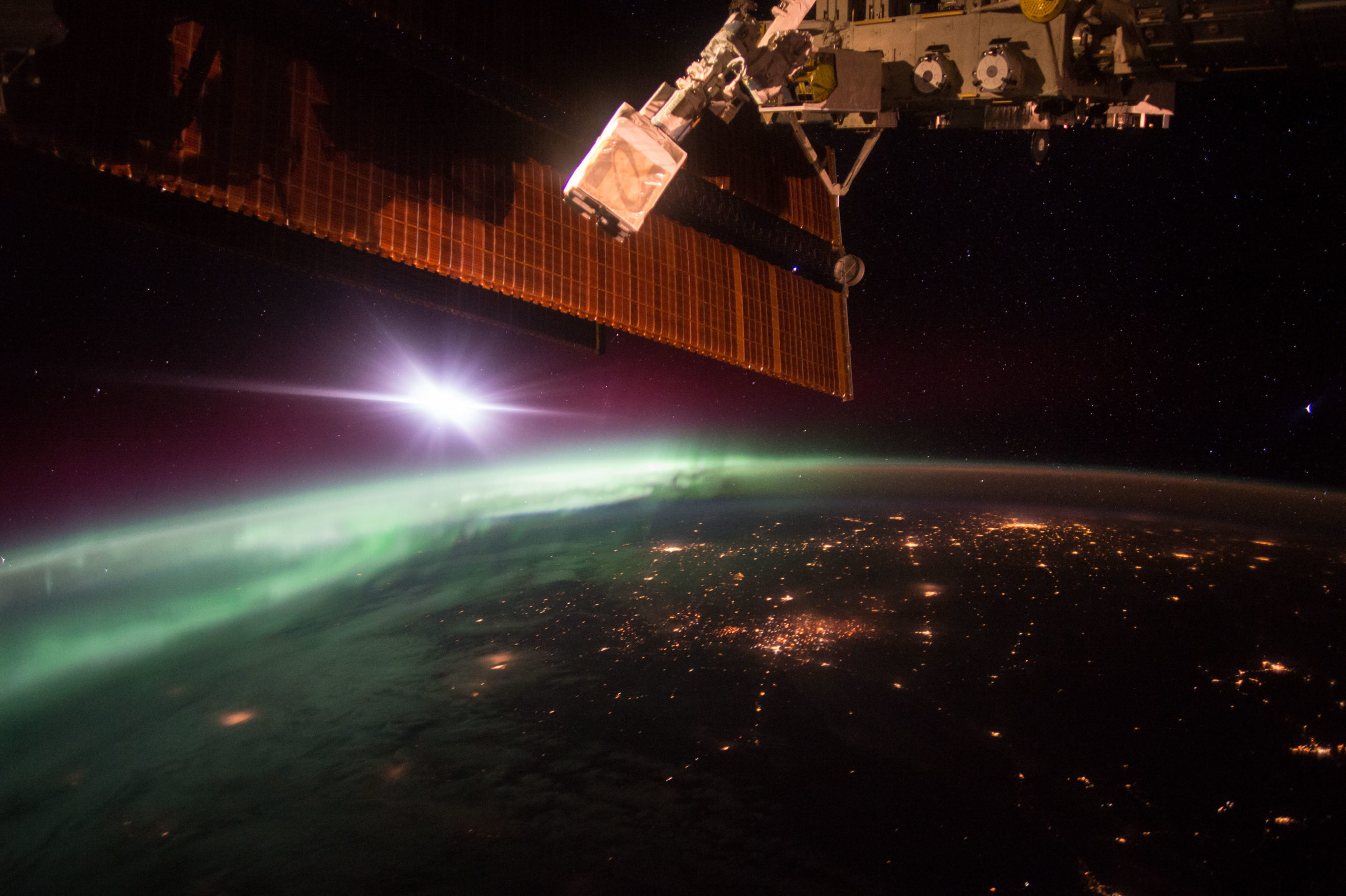
8. We’re not the only ones watching.
So we know we’re watching it, photographers are watching it, citizen scientists and space weather enthusiasts are watching it- but who else? It turns out there are a lot of student researchers and working astronomers keeping tabs as well!
Researchers on the THEMIS mission under NASA’s Explorer Program used satellites in 2008 to find out what causes movement in aurorae. In 2016, The ESA’s Sentinel-3A satellite danced right through the aurora after a launch.
There are countless aurora and space weather observatories throughout the world, and even the astronauts in the International Space Station are up there looking down on the dancing lights.
Sometimes, there’s even a chance to watch together in programs like #AuroraHunters, hosted by the ESA and the Norwegian Space Centre.
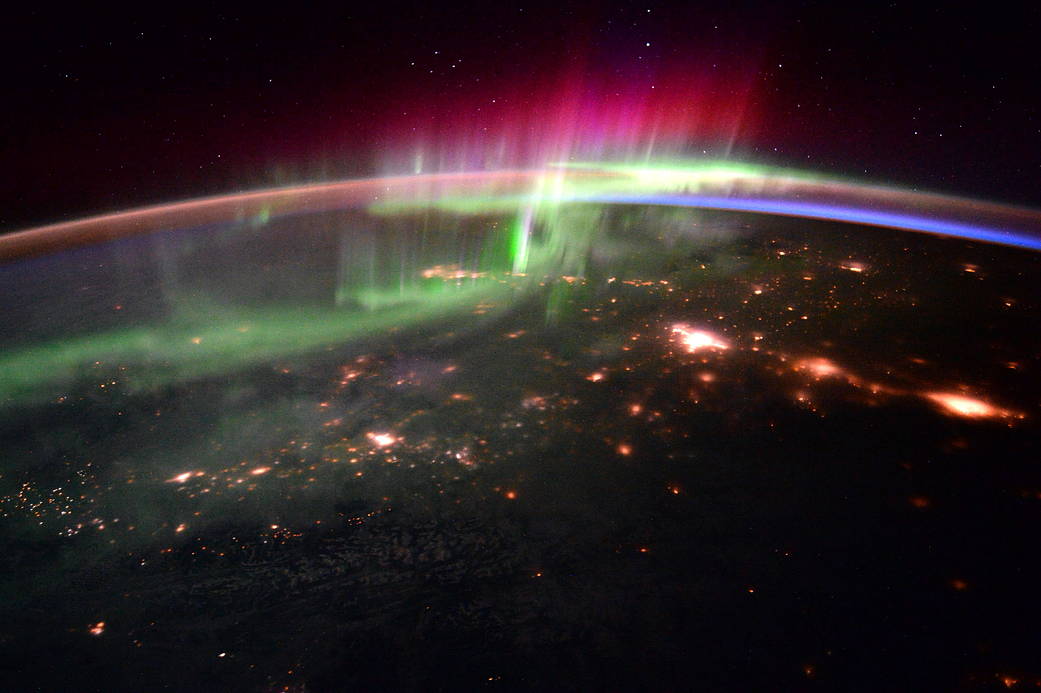
9. They’re pretty high up there!
The Northern Lights are a unique combination of space weather, and Earth’s magnetic field- so where exactly do they happen?
An average auroral occurrence can occur as low as 80-100 km. above Earth.
This doesn’t sound like much, but if you think about it, airplanes only fly about 10 km. above us, and Mount Everest only reaches just under 9 km.! Depending on varying factors, the aurora can reach as high as 500-1000 km. above Earth, which means that it has some interesting neighbors in the middle.
One of which is the International Space Station, sitting at an orbital height of 408 km, and height neighbor Tiangong Space Station, who varies between 340 and 450 km.
Because of this, cosmonauts in either station could one day look out the window and see the lights around them, instead of below or above. Keep an eye out on their socials to see the amazing captures that they make!
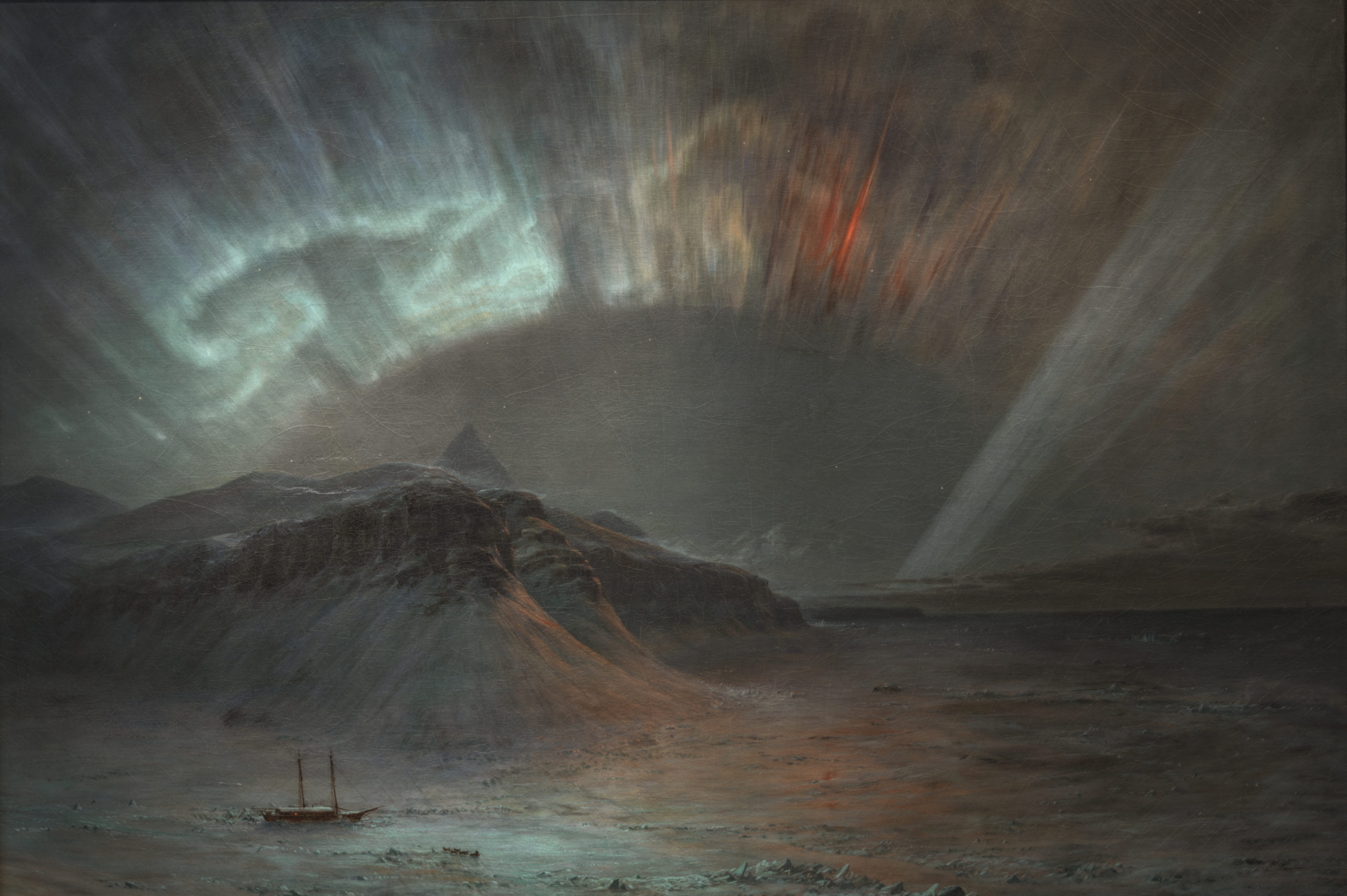
10. Before we could photograph the lights, there was art.
Our ability to photograph and film the lights has been such a recent advancement in the long timeline of human creativity. One could say that the accessibility of this art continues to grow even now, as SLR cameras become easier to get, and smartphones get.. Well, smarter.
We have drones, phones, tiny waterproof cameras, and all kinds of things. This method of capture creates amazing work, especially due to the camera’s ability to process low light better than our limited human eyes. But before this technology, there was still art and the drive to capture this beautiful thing.
Thousand upon thousands of works depicting the lights have been made, but one of the earliest comes to us from Cro-Magnon cave paintings around 30,000 B.C.
There are works referenced from early China and the belief that the sighting of Northern Lights may have become entwined with belief in great supernatural dragons.
There were many painters in the more mobile days of the late 1800s like Danish painter Harald Viggo Moltke, and American painter Frederic Edwin Church, two individuals inspired by their experiences on Arctic expeditions.
Today we continue the tradition with thousands of technological installations, museum exhibits, handicrafts, and more. As we learn more about this incredible gift of nature, it seems, so does our curiosity and our devotion to its existence.
Perhaps the one thing over time that has never changed. Fact.
